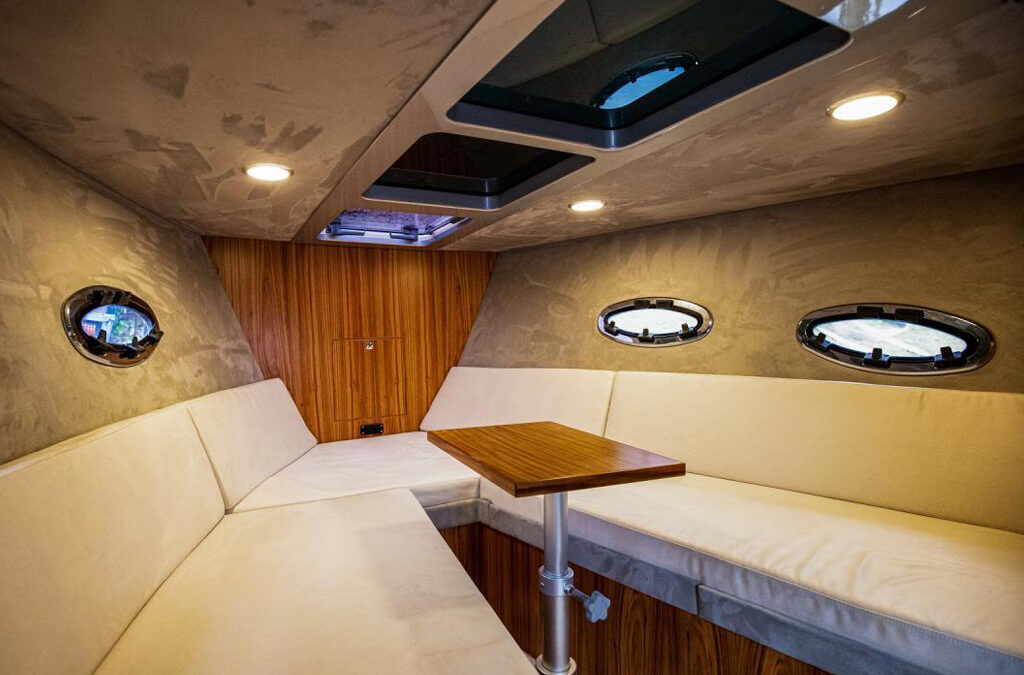
by Rez | May 10, 2022 | Uncategorized
Thompson Pump slot 88 will feature its industry-leading Emergency Backup Lift Station Standby System – 6” compressor-assisted solids handling pump (Model 6JSCE-DJDS-45T-UC). This end-suction centrifugal pump has the ability to dry-prime and re-prime automatically, and is equipped with a sound attenuation canopy and UL-142 double walled fuel tank. The diesel-driven backup pump is quickly replacing generator backup systems as the preferred contingency plan. This system continues pumping despite power loss or primary pumping failures, and acts as the primary pumping system during maintenance or repairs slot gacor.
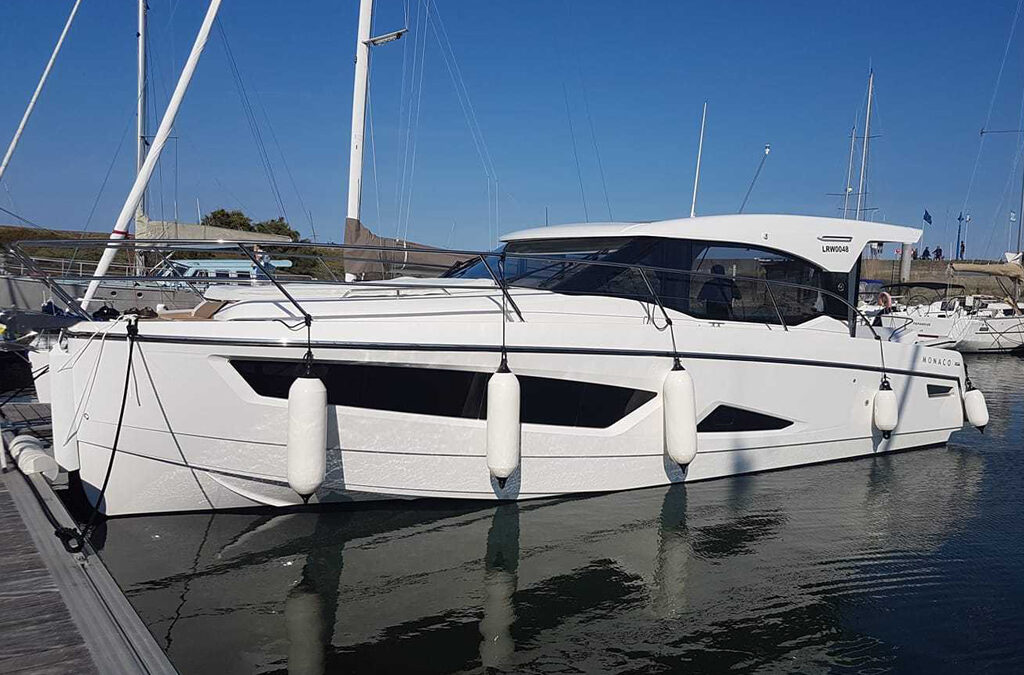
by Rez | May 10, 2022 | Uncategorized
GDANSK – The contrast is as stark as it is improbable: a dazzling, brand-new super yacht glides across the harbour of the communist-era Gdansk Shipyard, the birthplace of new Poland but the epitome of industrial decay.
Sleek, sophisticated, luxurious and competitively priced Polish yachts are reinventing the country’s all-but-defunct ship-building industry with a sporty capitalist edge.
“I think it’s the best-kept secret of the boating industry in Europe — that is: Polish production and Polish quality,” said Philip Scott, a British expat and deputy chairman of the Polish Chamber of Marine Industry and Water Sports (POLBOAT).
One leading firm, Sunreef Yachts, boasts it’s the world “leader in the class of custom-built, luxury catamarans,” according to public relations officer Rafal Lenartowski.
He said clients are “proud” to own vessels made in the hallowed shipyard where the pro-democracy Solidarity trade union rose up under Lech Walesa in 1980 and nine years later helped bring down Warsaw’s old Soviet-satellite regime.
Sunreef’s head offices are in no-nonsense portable containers on a leased plot in the shadow of rusty, gargantuan cranes. In a rambling red-brick production hall nearby, 250 local craftsmen hone its double-hulled vessels to perfection.
Started in 2000 by Francis and Nicolas Lapp, an expat French father-and-son team with a background in electrical engineering, Sunreef tapped into generations of ship-building savvy in the Gdansk workforce to turn out products for choosy clients from Monaco to Qatar, Hong Kong and even Santiago, Chile.
Their vessels measure 58 to 114 feet (17 to 35 metres) with “competitive” prices from 850,000 to 10.5 million euros ($1.22-14.5 million). The catalogue also offers a “world-first” 200-foot model valued at 30 million euros.
The key to success, says Lenartowski, is quality at the “same or higher level than other yards in Europe” but prices that are “still a little bit lower”, 15 percent on average.
“Clients are comparing us to the best-known Italian brand in terms of craftsmanship,” he said.
Industry insider Super yacht Business magazine recently carried an eight-page spread hailing the competitiveness of Sunreef and three other home-spun Polish super yacht-makers, Galeon, Conrad and YBM.
The four firms are the stars among Poland’s 100 yacht yards that, all told, build around 20,000 boats per year costing an average 9,000 euros — mostly small and mid-sized motor and sailing yachts from six to 10 metres, according to POLBOAT.
‘We put more soul into our yachts’
“Poland today is one of the leading players in boat production in Europe up to 10 metres,” said POLBOAT’s Scott. “The share on the European market is significant,” he said, with French and Italian yacht-makers the main rivals.
In boat shows across Europe, about a third of all vessels are now Polish-made, Scott added. But they are sold under global brands like France’s renowned Jeanneau-Beneteau and US giant Brunswick Marine which “account for around half of Poland’s production.”
Virtually all Polish-made boats are exported, as two decades after communism’s demise most Poles still can’t afford such luxuries.
POLBOAT chairman Andrej Janowski, the first to open a commercial shipyard to build luxury yachts after the fall of communism, attributes the drive to make more sophisticated and speedy boats to what he calls the freedom-loving Polish soul.
“Sailing is something which is characteristic of people with a mentality of freedom and we Poles have always been a free people,” he insisted.
Indeed, domestic yacht-building exploded when communism collapsed in 1989 and the essential marine-grade resins, fibreglass, plywood and lacquers suddenly became available on the nascent free market.
Over the last 22 years, two other pioneers in the Polish market, Wojciech Kot and brother Piotr, have built their passion for sailing into a a multi-million dollar business with 450 employees, including 150 certified sailors.
Their firm, Delphia, is located in the town of Olecko, nestled among forests in the picturesque northeastern Mazury lake district. It now has an annual production of 2,000 motor yachts for Brunswick Marine and 200 custom-made sailing yachts sold under its own flag for up to 298,000 euros.
Kot invokes the same high quality-low cost mantra cited by others. “We have world-class design coupled with Polish craftsmanship, with the big plus that the labour costs still aren’t as high as elsewhere so we can put more time into customising to fit the client’s needs,” he said.
Kot himself spends about three months a year on the water as a captain test-sailing his Delphias, most recently across the Atlantic.
In Poland, “we put more soul into our yachts — that’s how I see it,” he said.
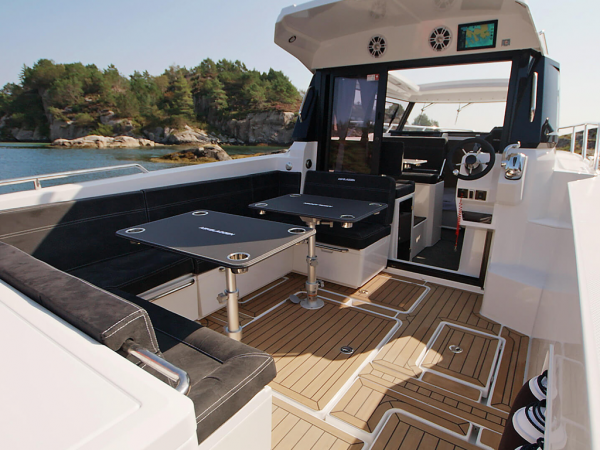
by Rez | May 10, 2022 | Uncategorized
Perhaps you have no idea, but you boat maybe comes from Poland slot online. If the electronic business is mostly a Chinese affair, the boat business is often a subcontractor affair and one of the most famous country for that is Poland. A place where boats are produced for the European market but also for the American market.
Born after the fall of communism, the nautical industry of the country as we know it, was created by people like the French Pierre Charlot who understood its potential very early. Then came other pioneers like the French manufacturer Jeanneau, who suffered some disappointments in the beginning. However, year after year, the sector has been organized with more and more factories and production that has become very qualitative at a lower cost than most other countries. Today, with 22,000 boats leaving the factories each year, Poland is the largest boat builder in Europe and Polish factories manufacture for French, Scandinavian or American brands. Poland is today the world’s second-largest shipbuilder behind the United States and the largest supplier to the US market.
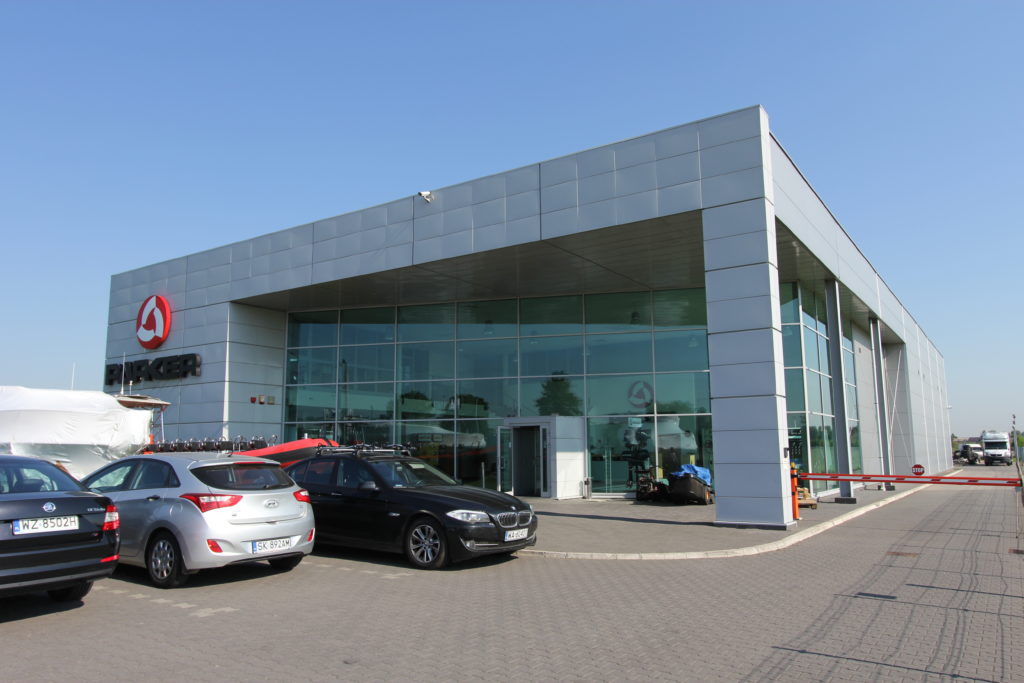
As at the beginning of this sector, the country remains mainly a subcontractor market for other countries which boosts the country’s trade balance since 95% of Polish production is exported for a total of 484 million Euros ($ 540 million), a figure that has almost doubled in five years slot gacor. The top three export markets are Norway ($ 77 million), France ($ 61 million) and the U.S. ($ 57 million). The first customers are Beneteau, Jeanneau (which has a large factory in Ostroda), but also Axopar, Bayliner, Sea Ray, Windy, Quicksilver and many others.
The factories are mainly located in three regions, Gdańsk to the west, Ostroda to the center of the country and Augustow to the north to the Lake District.
Today, there are more than 1,000 boating companies and the sector employs more than 40,000 people.
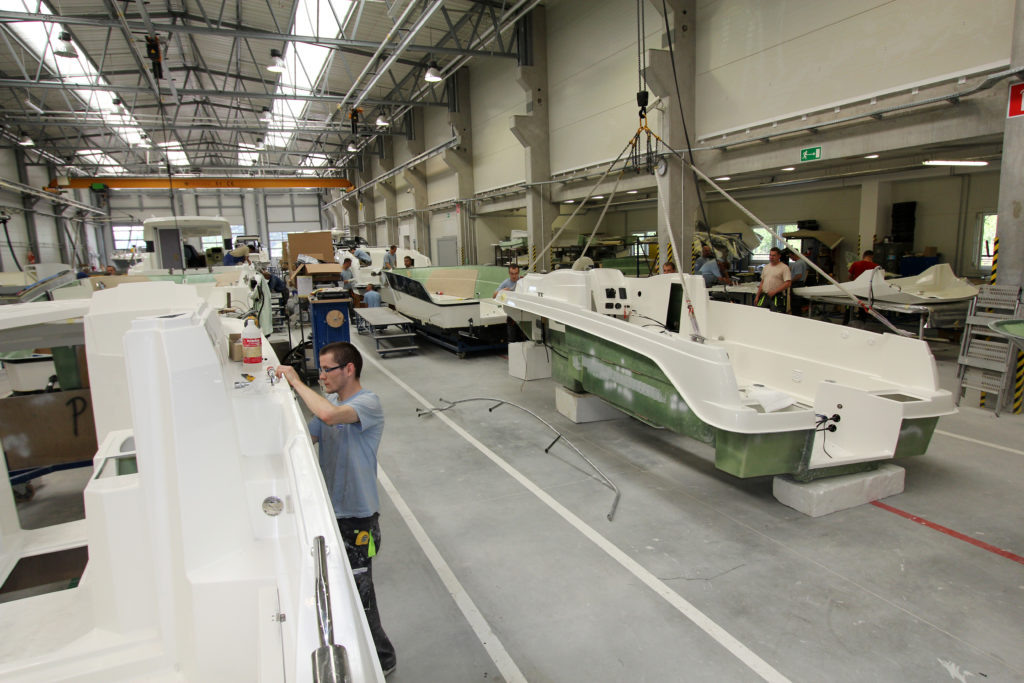
The new generation storming the world
After a learning phase, the nautical sector knows a real change today. Now widely recognized in the world, Polish productions are accompanying the market with notably larger boat sizes. The average size of the units produced being to date from 8 to 11 meters long.
However, with such know-how, Poland does not intend to remain a subcontractor forever and it is natural that more and more 100% Polish brands emerge. Among the leaders there are Parker, distributed throughout Europe and thinking about the US, but also Delphia, recently acquired by the Beneteau group, Sunreef, one of the iconic figures of the luxury catamaran market and, of course, Galeon which is now the largest Polish brand but also one of the major brands in the world motor yacht market from 40 to 70 feet.
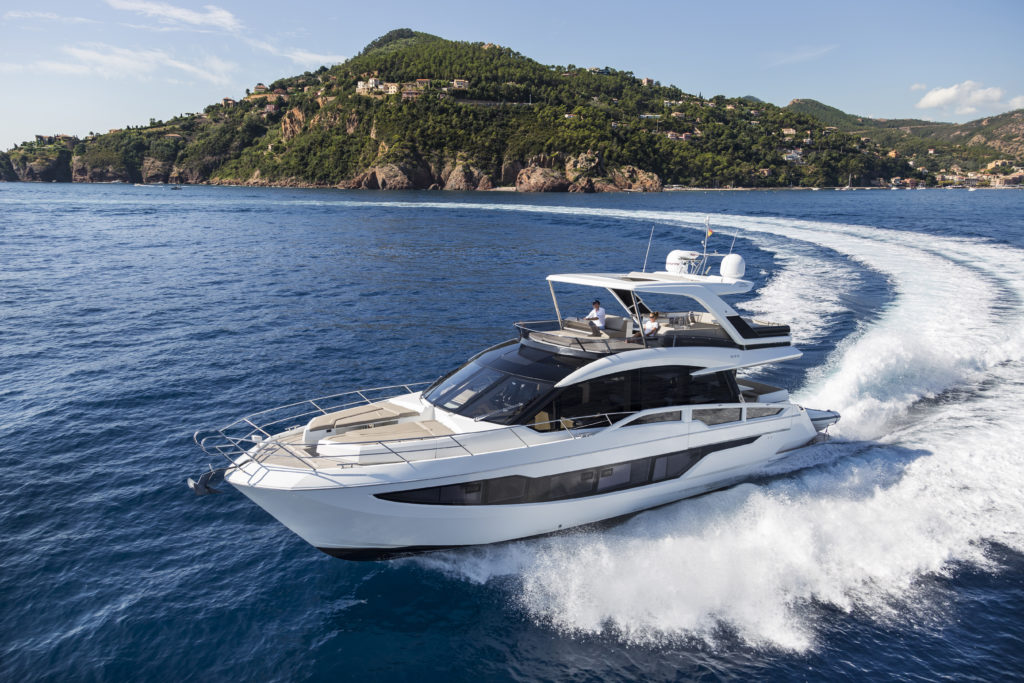
The country also has some iconic brands in the field of custom yacht like Conrad, known for its fabrications including the famous Viators. Each of its brands is also a champion of exports since the domestic market represents only 5% of the boats produced in the country. “Our customers are everywhere in the world. We have owners from the USA, from Europe, Asia, Australia “notes Karolina Paszkiewicz, Marketing Director at Sunreef.
In 2006, the Polish Chamber of Marine Industry and Water Sports – Polboat – was created to structure and organize the Polish sailing industry and the association now includes 70% of Polish nautical companies.
There is also the creation of many new factories and many brands trying to make a name for themselves on the market, a sign of a sector that is becoming mature.
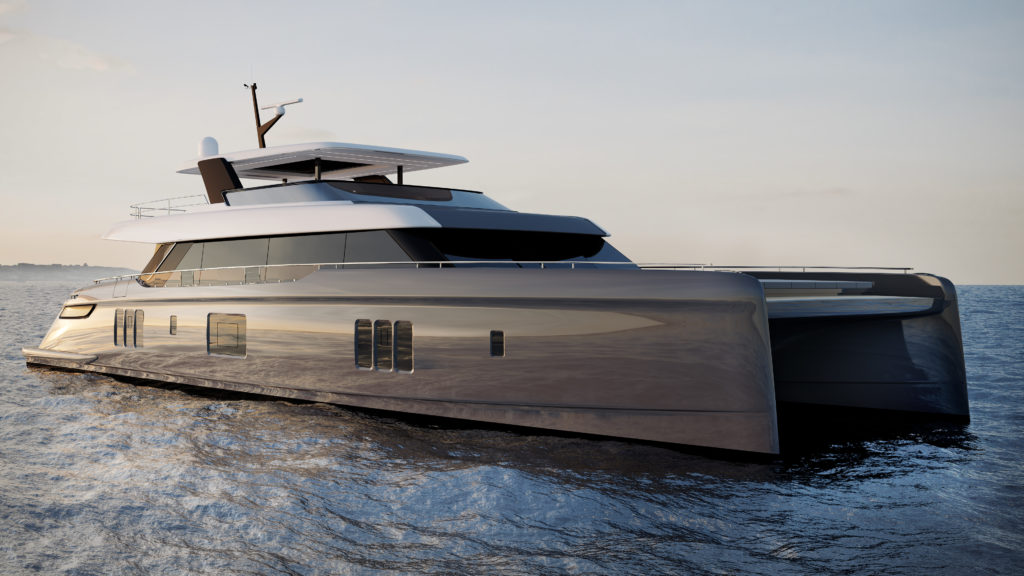
A deserved success, built on the price of the workforce but also on the quality of the boats, a point on which insists Sebastian Nietupski, the president of Polboat “Our goal is to produce the best possible quality in the world markets”.
Still, today, Poland is a little victim of its success and must increase its production capacity. “Currently, we are in the process of expanding our business and finding solutions, “says Nietupski again. A situation taken seriously by the authorities of the country that works to increase production capacity but also to train future engineers through highly specialized universities.







